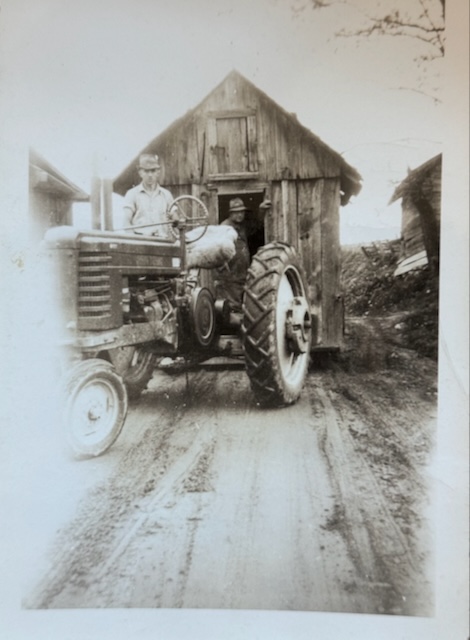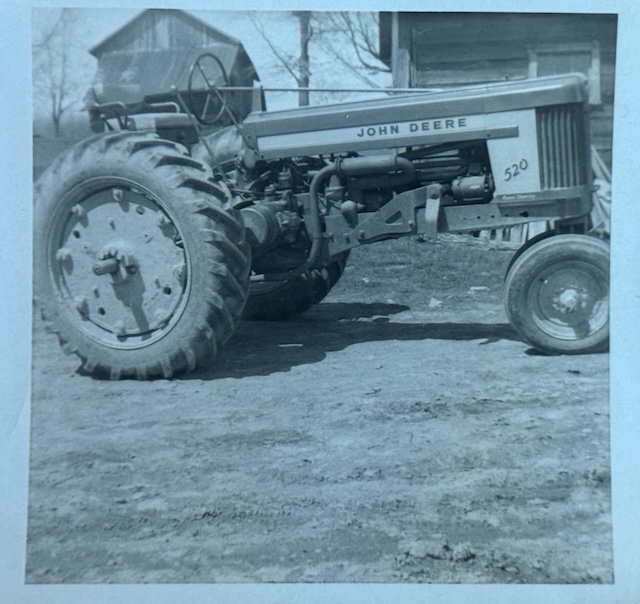A Little More Horsepower Along the Way
Last week, I drove by farmland along the Susquehanna River, thinking about how beautiful the newly plowed rock-free dirt looked. Our own farmland on Sugar Hill was a different story. I remember an every-spring requirement – picking rocks. After the fields were plowed, my brother or I drove the tractor and wagon around the fields, while my father and cousin Terry picked up the biggest rocks that had come to the surface every year when the plow kicked them up. It’s easy to see why all our fields are lined with stone walls mostly created with back-breaking work by my grandfather Potter and his brothers before tractors arrived on the farm.
My father used to tell me how he and his father farmed before they purchased their first tractor in 1942. They used horses and mules to pull plows, planters, cultivators, mowers, wagons and more. He said that the mules were better workers because they knew enough not to drink too much water when they were hot, unlike a horse that might get sick from drinking too fast. Also, a mule was more aware of his footing – dodging woodchuck holes while a horse was more likely to step into one. I can’t prove either claim, but my grandfather and father were convinced.

That first tractor was a John Deere B. With only 17 horsepower, it still must have seemed like they’d added several hired hands. The old B was still in use in the 1950s and 60s when I was a kid on the farm. I remember three things about it: the hard metal seat, how difficult it was to steer, and my father’s relationship to it. Not normally a swearing man, the air often turned blue when he cranked that
old flywheel over and over and over without successfully starting the tractor.
By 1960, my father added a John Deere 520 to the farm, with power steering, a cushioned seat, double the horsepower, and no dang flywheel. By then, I was a diehard John Deere fan. My bubble was burst one day though, when my uncle Reuben challenged my father to a pulling contest – our 520 against my uncle’s new Farmall. The Farmall won and I was crushed!

My brother and I also took turns driving the 520 and a wagon during haying season. One of us would drive while the other pushed bales together. That way, the tractor didn’t have to stop so often for the men to pile the bales on the wagon. Pushing 50-pound bales together made my summertime legs
look like I’d been attacked by a porcupine – no long pants for me!
Field work on the farm changed over the next sixty years. My father quit farming a long time ago, so there’s no plowing and not many new rocks to pick. The fields no longer produce oats, wheat, or corn. Only hay remains. In another week or so, our neighbor will start haying our fields, but with no more horses, mules, low-powered put-put tractors, nor need for manpower or kidpower. He’ll use his 150 horsepower Farmall to make giant 1200 -pound round bales that can be made and moved without a man or kid on the ground,
Time marches on. Technology improves. Things change. It’s fun to remember the “good old days”, but my father and grandfather probably would have appreciated that 150 horsepower tractor. And, who knows what’s ahead? One thing hasn’t changed and probably won’t – love that John Deere green!